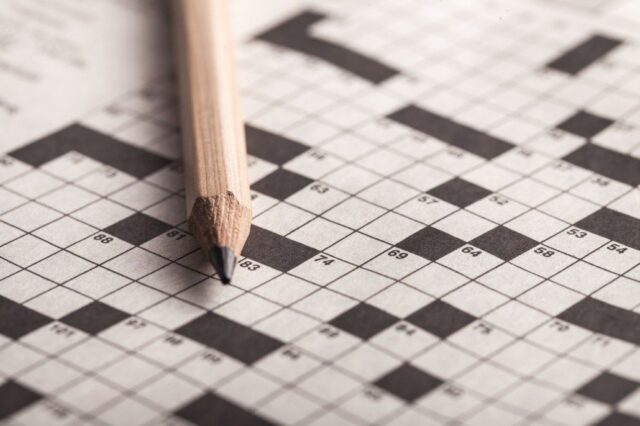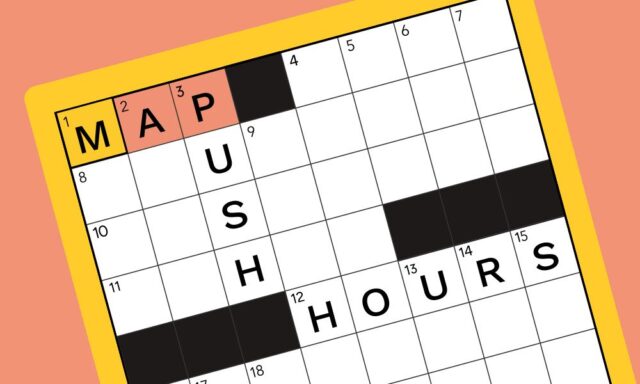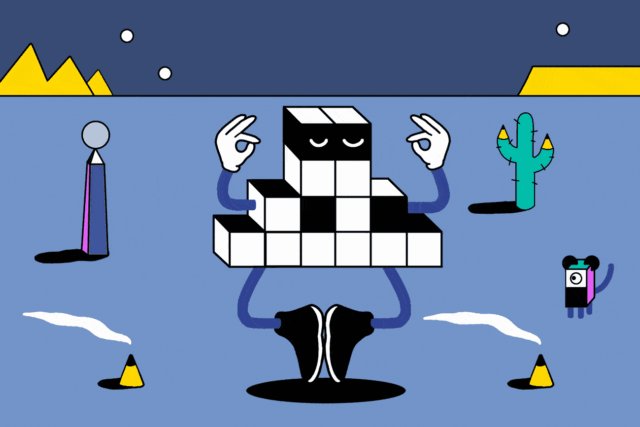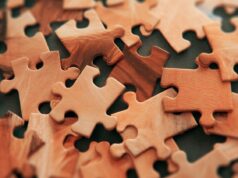
The crossword puzzle has been a beloved pastime of many for nearly a century. But where did it come from, and how did it become so popular? Let’s take a look at the history of this classic game.
The crossword puzzle was invented in 1913 by Arthur Wynne, a British-born journalist who had moved to America. He published the first-ever crossword puzzle in the New York World newspaper on December 21, 1913. It was called “Word-Cross” and consisted of twenty words arranged in a square pattern that readers had to fill out with corresponding answers.
The crossword puzzle quickly gained popularity among readers and other newspapers began publishing them as well. By 1924, Simon & Schuster began selling the first book of crosswords, which contained 100 puzzles. This marked the beginning of the “Golden Age” of crosswords when their popularity continued to grow and new books were released every year until 1942 when World War II interrupted their production.
In 1948, with the end of World War II, interest in crosswords returned with a vengeance. People were eager to get back to leisure activities like playing games and reading books and new editions of crosswords were being released regularly once again.
In 1966, Milton Bradley released their own version of the game called “CrossWise” which was extremely successful and only increased people’s love for these puzzles even more. The modern era saw an explosion in popularity for computer-generated versions and apps that allow players to play on any device they choose – from their phone to their tablet or laptop!
The Modern Crossword
The New York Times crossword is a daily puzzle published in The New York Times, online at the newspaper’s website, syndicated to more than 300 other newspapers and journals, and available as mobile apps. The puzzle is created by a rotating roster of constructors, or puzzle makers, and edited by Will Shortz.

The LA Times crossword is a daily puzzle published in the Los Angeles Times, available online at the newspaper’s website and through mobile apps. Like the New York Times crossword, it is created by a team of constructors and edited by Rich Norris.
Both crosswords are known for their difficulty, with the New York Times crossword being considered particularly challenging. Both puzzles use a theme, with the theme clues scattered throughout the grid and the theme answers typically revealed at the end of the puzzle. Themes can be anything from wordplay to pop culture references to current events.
In addition to the daily puzzles, both newspapers also publish weekend editions with larger grids and even more challenging clues. The New York Times also has a weekly “mini” crossword with a smaller grid that is easier to solve.
Solving crosswords has long been a popular pastime for puzzle enthusiasts, and with the rise of the internet, it has become easier than ever to access a wide variety of crosswords from newspapers and other sources. Many people enjoy the mental workout and sense of accomplishment that comes with solving a challenging crossword.
Both the New York Times and LA Times crosswords have dedicated solvers who attempt to complete the puzzle every day, often keeping track of their progress and times. Some solvers even compete in crossword tournaments, where they race against the clock to solve a set of puzzles as quickly as possible.
In recent years, crosswords have also gained a reputation for being inclusive and diverse. The New York Times has made a concerted effort to diversify its roster of constructors and to ensure that its puzzles are not overly difficult for solvers from different backgrounds. The LA Times has also made similar efforts to make its crosswords more accessible and inclusive.

The puzzle craze has also inspired various adaptations; professional sports teams now hold events centered around completing them quickly during half-time shows while shows such as The Simpsons devote whole episodes to solving them using humor and wit along the way!
It is safe to say that the crossword phenomenon shows no sign of fading away anytime soon – after all, it is a hobby that many say can help stave off dementia or Alzheimer’s symptoms!
As crosswords continue to evolve and grow in popularity, it is likely that they will continue to be a beloved pastime for people of all ages and backgrounds. Whether you are a seasoned solver or just getting started, there is a crossword out there for you.
Crossword Puzzle Benefits
The crossword puzzle isn’t just fun – it’s a form of mental exercise that has been proven to benefit the brain. Crossword puzzles can improve your knowledge, vocabulary, cognitive skills, memory performance, and reading comprehension.
Crossword puzzles require players to think critically as they search for interrelated words across and down. While it’s easy to get stuck on certain clues, the trick is to make connections between words you already know and what you’re looking for. This process calls upon our problem-solving abilities while also strengthening creative thinking skills.
As you complete more crosswords, you’ll find that there are patterns that develop over time which allow you to more easily recognize other questions related to those topics.
As well as helping build language, writing, and spelling abilities by introducing new words into your memory bank, regular crossword playing may help reduce the risk of dementia-related diseases – as well as encourage analytical thinking and creativity benefits which will come in handy in your day-to-day life.
Conclusion:
From its humble beginnings as an invention by Arthur Wynne over 100 years ago, the popularity of crossword puzzles has grown exponentially since then!
Today you can find them everywhere from newspapers to magazines to online sites like Crossword Answers 911 Puzzles – proving just how beloved this classic pastime remains even after all these years! Whether you are an experienced puzzler or just getting started, there is no doubt that you will find plenty of enjoyment with every single one you tackle!







